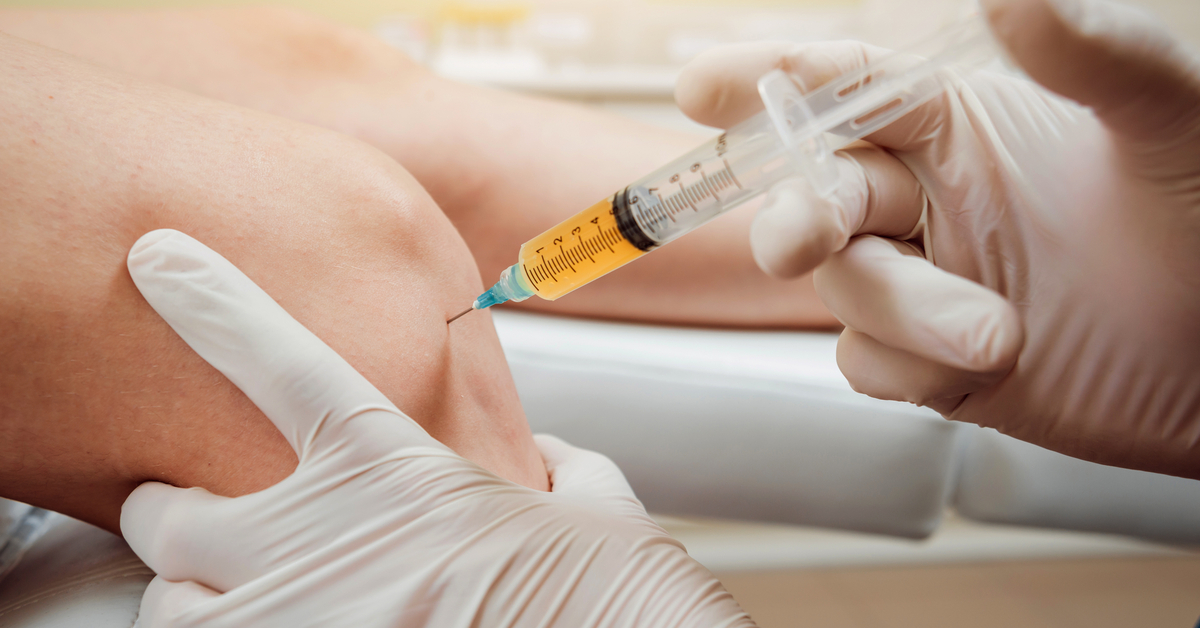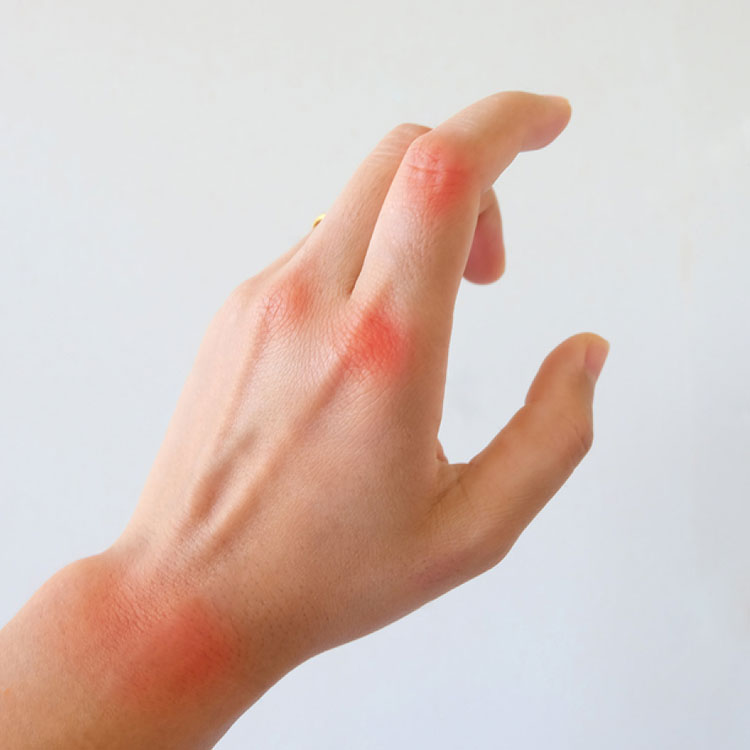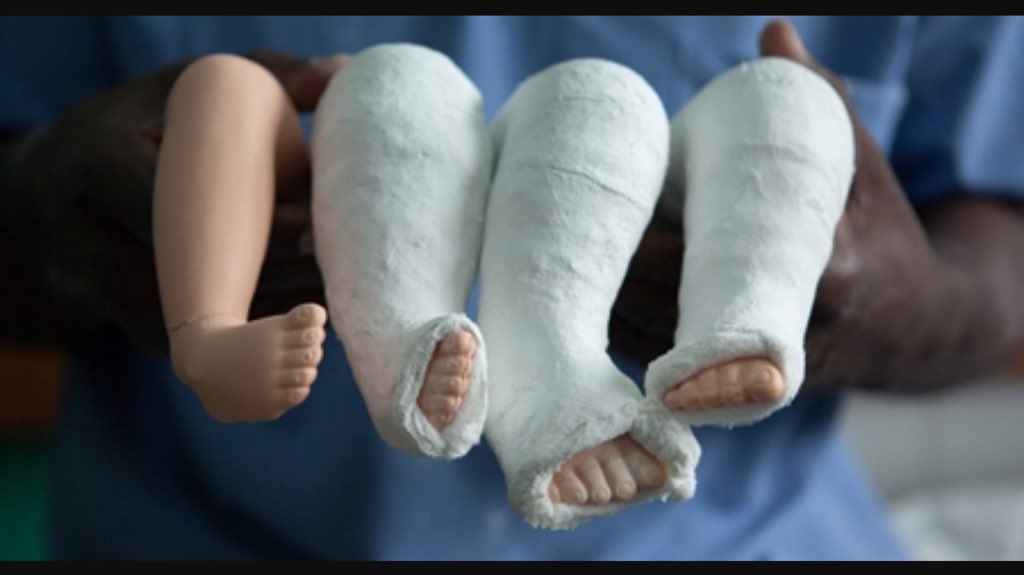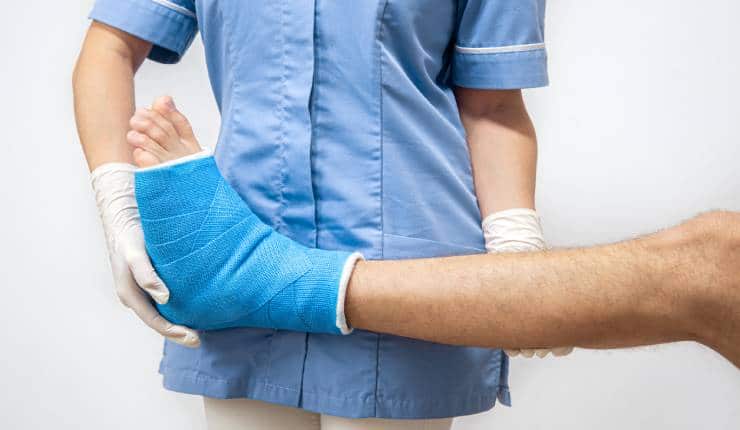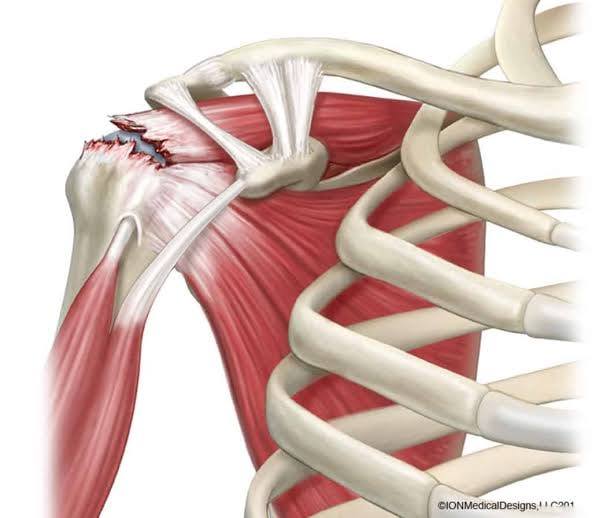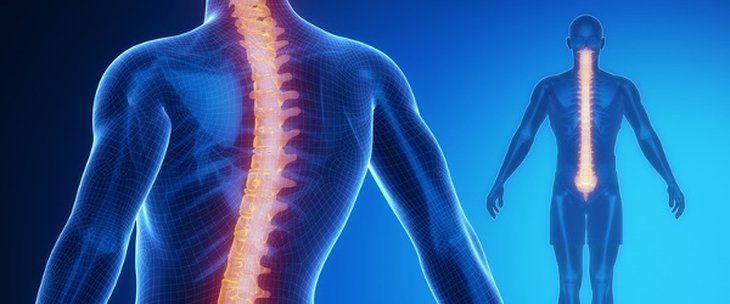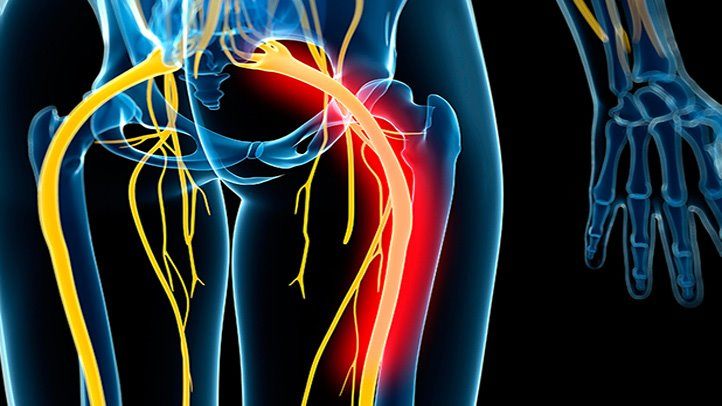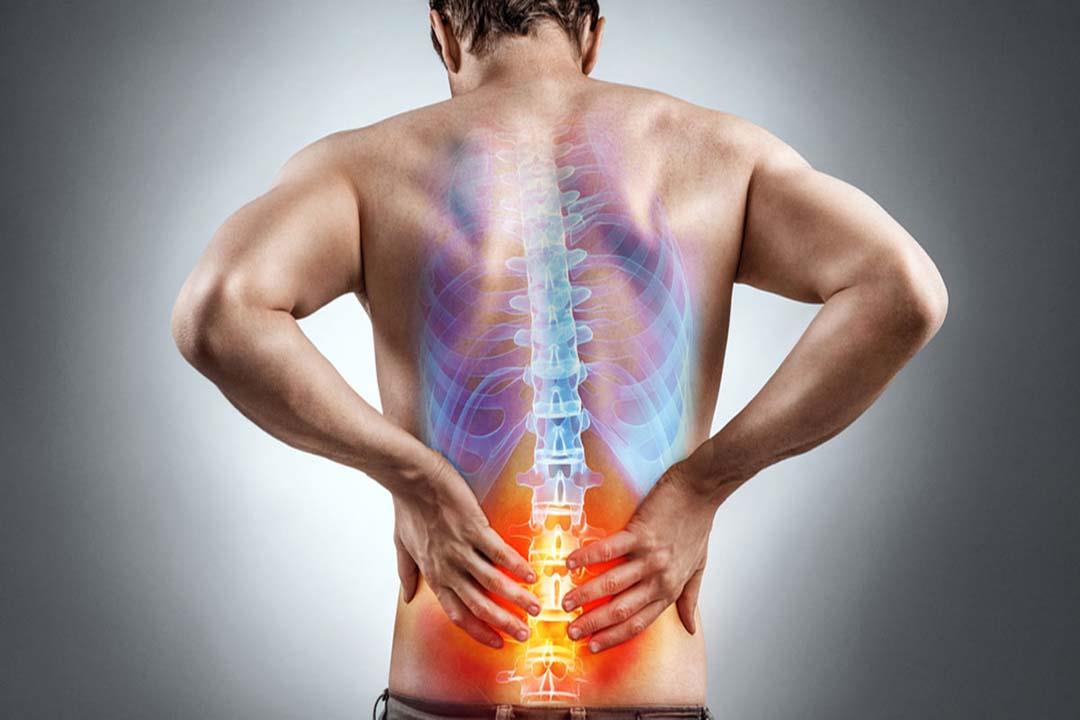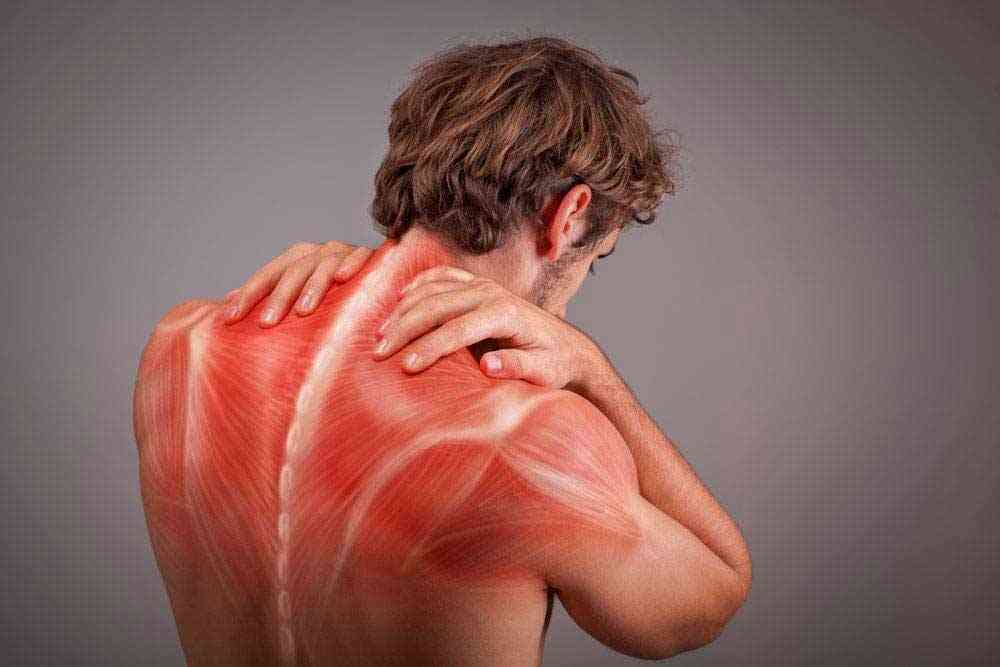Learn about the symptoms of a herniated disc in the back
As soon as an individual suffers any cartilage injury, he should start receiving appropriate treatment immediately to prevent any serious complications from occurring, and some symptoms indicate this, follow the following article with us to identify them.
Herniated disc symptoms in the back
Many questions haunt many people about how I know that I have cartilage in the back. Some symptoms appear on the individual, from which this can be inferred, for example:
- Feeling continuous pain in the back area that does not stop.
- Stiffness in both legs or stiffness in the lower back.
- The presence of severe pain affects the individual in the event of pressure on the lower back.
- A sensation of pain in the groin area.
- Inability to walk or stand for long periods.
- Pain when bending over
- The presence of tingling or numbness in the feet.
- Feeling pain in the neck makes the individual unable to move the head.
What is the treatment for a herniated disc in the back?
The treatment of cartilage in the back depends on taking a sufficient amount of rest and making sure not to strain the back in any way at all and doing cold compresses to calm the symptoms and tumors in addition to regular physical therapy sessions recommended by the doctor and taking some medications to relieve pain in case of severe symptoms.
What are the damages of back cartilage?
Neglecting the patient to receive appropriate treatment for cartilage injury causes many very serious complications, as this causes permanent damage to the nerves in addition to it may affect the nerve impulses that are present in the lower back and legs, in addition to the effect on the nerves It may also include loss of sensation in the inner thighs, the back of the legs, and around the rectum.
Benefits of olive oil for herniated disc
Numerous studies have shown that olive oil has many benefits for the treatment of herniated disc, for example:
Helps to strengthen bones
It can be benefited from in many ways, whether by including it in the individual’s diet or by applying it directly to the affected area, as eating foods that contain olive oil helps to increase the percentage of osteocalcin, a type of protein secreted from the bone-building cells, which indicates that the bones grow properly, in addition to that it works to protect individuals from osteoporosis because it enhances the body’s ability to absorb calcium.
Reduces joint pain
Its benefits in treating joint pain are because it contains a major polyphenol compound called Oleuropein, which helps the joints move well and increases their flexibility, in addition to protecting the cartilage from corrosion, and olive oil helps in losing excess weight, which reduces pressure on the joints, which reduces pain.
Herbal cartilage treatment
Treatment of cartilage with herbs is not intended to return the slipped cartilage from its place, but it helps to reduce the severity of pain felt by the individual and other symptoms that are associated with this injury, and Chinese herbs have proven effective in treating cartilage because they help the following:
- Reducing the intensity of back pain felt by the individual.
- Treating or alleviating numbness.
- The ability to feel the limbs that have decreased ability to move them.
- Strengthening muscles and their ability to perform daily activities well.
- It reduces inflammation of the disc after surgical intervention.
Exercises to strengthen the back muscles of the herniated disc
Many exercises are very effective in strengthening the back muscles in cases of a herniated disc, such as:
Isometric hold
In this exercise, the focus is on treating a herniated disc in the neck area, and the following steps are followed:
- Stand upright with shoulders relaxed.
- Putting the palms on the forehead.
- Pressing the head with the palms without moving it.
- Hold this position for 5 to 15 seconds and repeat up to 15 times.
Neck extension with head lift
- Lie down on a firm, elevated surface on your stomach and keep your head off the surface.
- Put the arms to the sides.
- Lift the head very carefully until it is level with the body and extend the neck against gravity.
- Hold this position for 5 to 15 seconds and repeat it 15 to 20 times.
Neck extension
- This exercise is done by lying on the back on an even surface with the head uncovered.
- Lower the head very slowly so that it remains suspended in the air.
- Stop this exercise immediately if you feel pain in the arms or neck.
- Hold this position for up to a minute, then rest for another minute to repeat these steps 5 to 10 times.
How does the slip cartilage patient pray?
There are many questions about does prostration affect the herniated disc? The answer to this lies in the fact that bowing or prostrating and repeating these steps is very beneficial for the spine, as the movements that the individual makes during prayer, such as bowing and prostration, make the arches of the spine, which are in a straight line, move, which helps in strengthening them greatly.
How does a patient with a herniated disc sleep?
When an individual who suffers from a herniated disc is aware of suitable sleeping positions, this makes him more relaxed and this contributes to greatly reducing the intensity of pain, for example:
Sleeping on one side of the body in the fetal position
Sleeping in the fetal position on one side of the body helps the individual to relax greatly, as the discs are soft cushions between the vertebrae of the spine, and the herniation that occurs as a result of gout leaving its natural place, which causes pressure on the nerves and a feeling of severe pain, and this sleeping position reduces the curvature of the spine and creates spaces between the vertebrae and some of them.
Sleeping on the stomach with a pillow under it
Although sleeping on the stomach is one of the very bad positions that can be followed, if a pillow is placed under the abdomen and hips, this helps to straighten the spine, and this sleeping position is very beneficial for those suffering from degenerative disc disease, as it relieves the pressures that occur in the spaces between the discs.
Cartilage treatment stick Is it useful?
This therapeutic method is inherited among many generations in Egypt, and it is one of the oldest methods used in the treatment of herniated discs, and this may often dispense with surgical operations, this treatment method uses a specific stick that is made of ebony wood and has a length of about 15 cm. The therapist places it on the back area in a specific way for 10 minutes, this method helps in treating sciatica, vertebrae displacement, and herniated disc.
What is the treatment of cartilage in the back?
Most likely, the treatment of cartilage in the back is by following the conservative treatment method, which initially requires taking sufficient rest and avoiding the individual’s stress on the back in any way, in addition to the necessity of making cold and warm compresses alternately from time to time, because of this great effectiveness in alleviating pain and reducing inflammation, in addition to the need to adhere to physical therapy sessions and practice light sports activities that do not require any pressure on the back, such as walking and swimming.

